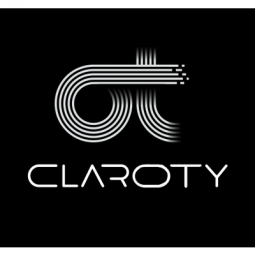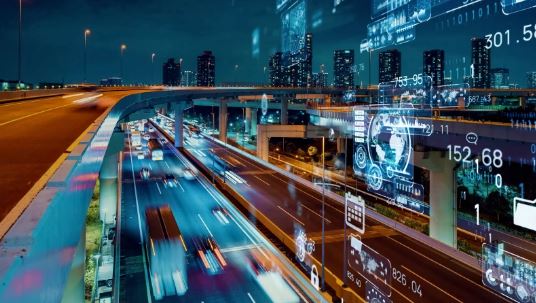Claroty
Case Studies
Digital Transformation of Rail Rapid Transit System with Claroty
Overview
 |
Digital Transformation of Rail Rapid Transit System with ClarotyClaroty |

|
Application Infrastructure & Middleware - Middleware, SDKs & Libraries Platform as a Service (PaaS) - Application Development Platforms | |
Railway & Metro Transportation | |
Maintenance Quality Assurance | |
Cybersecurity Tamper Detection | |
Cybersecurity Services System Integration | |
Operational Impact
| The implementation of Claroty's solution resulted in full visibility and asset profiling, enabling the rail operator to understand exposure to cyber risk. The operator gained telemetry and visibility to quickly determine if suspicious activity was happening on any of their industrial networks or devices, even in aging systems that utilize proprietary protocols. They could monitor for threats and identify risks due to unpatched vulnerabilities in high-priority assets or misconfigurations, allowing them to act faster to mitigate risk and assure continued operations of critical processes. The solution also enabled digitization without breaking security. The rail operator could confidently connect to systems to communicate travel updates to riders, collect data from IoT and OT assets for storage and analysis in the cloud, and open new connectivity vectors. The solution also provided connectivity for remote parties, enabling equipment manufacturers to seamlessly access systems remotely to service equipment, while security teams had granular control over remote sessions. | |


